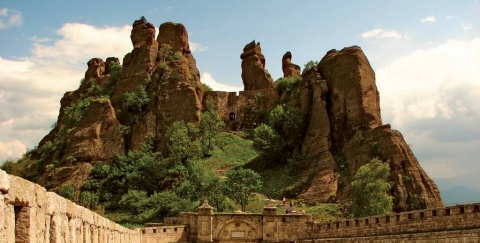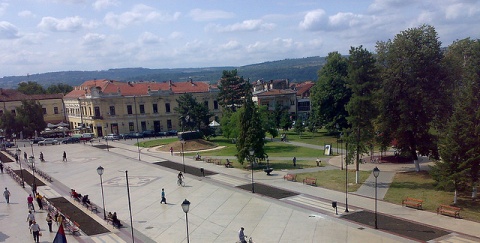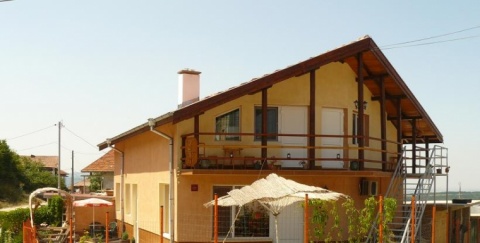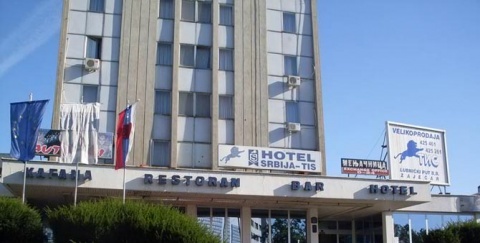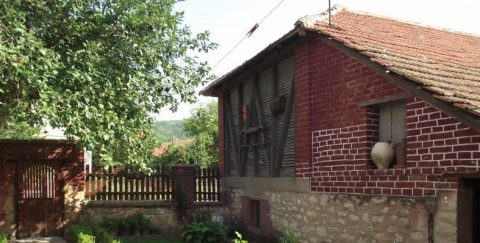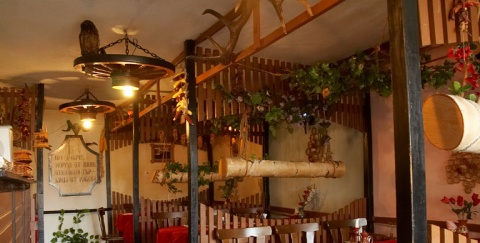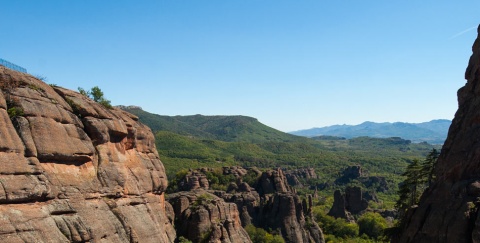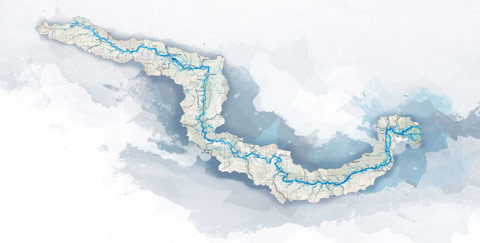The modern-day Niš, once the Roman city of Naissus, claims its fame for being the birthplace of Emperor Constantine I (the Great), who ruled from 306 to 337 AD (and later became St Constantine). In 2013, Niš hosted the celebrations dedicated to the 17th centennial anniversary of Constantine’s Edict of Milan. On this occasion, a monument to Constantine on the bank of the Nišava was erected.
Romans arrived here in 75 BC.They built a military road and recognised the place as a gate between the East and the West. Roman tombstones inside the Ottoman fortress and artefacts in the National Museum, including a replica of Constantine’s marble head, confirm Roman presence. Constantine’s father Flavius Valerius Constantius (31 March 250–25 July 306) was a noble Roman military officer from Moesia Superior, who became co-emperor Constantius Chlorus in 293 and a founder of the Constantinian dynasty. Constantine’s mother (born ca. 272 AD), Helena (246/250–18 August 330) was a buona stabularia (inn-keeper) in Naissus. As a consort of Emperor Constantius Chlorus, she was empress until her politically enforced divorce (ca. 289 AD).
Historic sources confirm the presence of Constantine in the city when he was a child, and in 315, 319, 324 and 334 AD. He commissioned a complex of imperial villas in Mediana, his summer residence between 317 and 330. A huge area (400,000 m²) consisted of 40 Roman villas, including the imperial palace (6,000 m²), 80 buildings, thermae, granary (horreum) and a water tower. Two early Christian churches were excavated here in 2000 and 2007. It is believed that they were built in 378 AD.
After Constantine’s death, a number of Roman emperors stayed in Mediana: Constantine’s sons Constatius II and Constans (in 340 and 350), Julian the Apostate (in 361),Valentinian I (in 364). Constantius III was born in Naissus (425). Like many Roman cities in the region, Naissus was destroyed by the Huns in 442.
Mediana’s small museum displays artefacts found in the imperial villa. The bigger, more important artefacts can be seen in the National Museum. Niš has many sights worth seeing, such as the Orthodox Cathedral, the scull tower (Ćelekula), the National Theatre, Čegar Hill, the remains of a Nazi concentration camp (Crveni krst) and Bubanj – a monument commemorating World War II. When in Niš, visit Niška Banja, a spa just 9 kilometres east of Niš. Have a meal on Kopitareva, a street full of cafés and restaurants offering Serbian cuisine, wine and beer. Niš and Mediana are on the Serbian Roman Emperors Route.
DANUBE.TRAVEL has no control over the website content generated by users and/or visitors, neither such content represents a statement, opinion, recommendation or rating by DANUBE.TRAVEL. For further information please refer to DANUBE.TRAVEL – General Website Terms and Conditions of Use.
 EN
EN DE
DE
